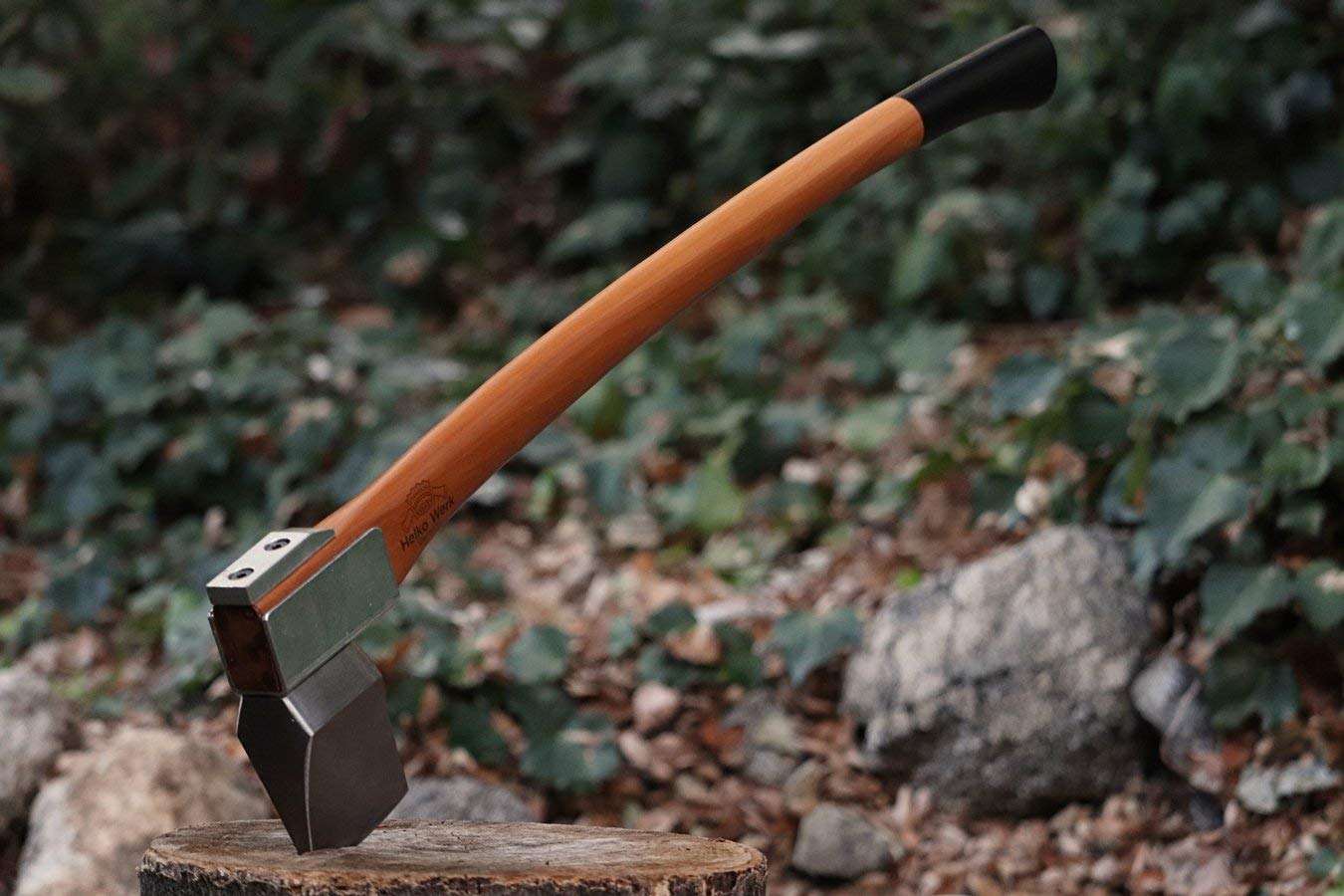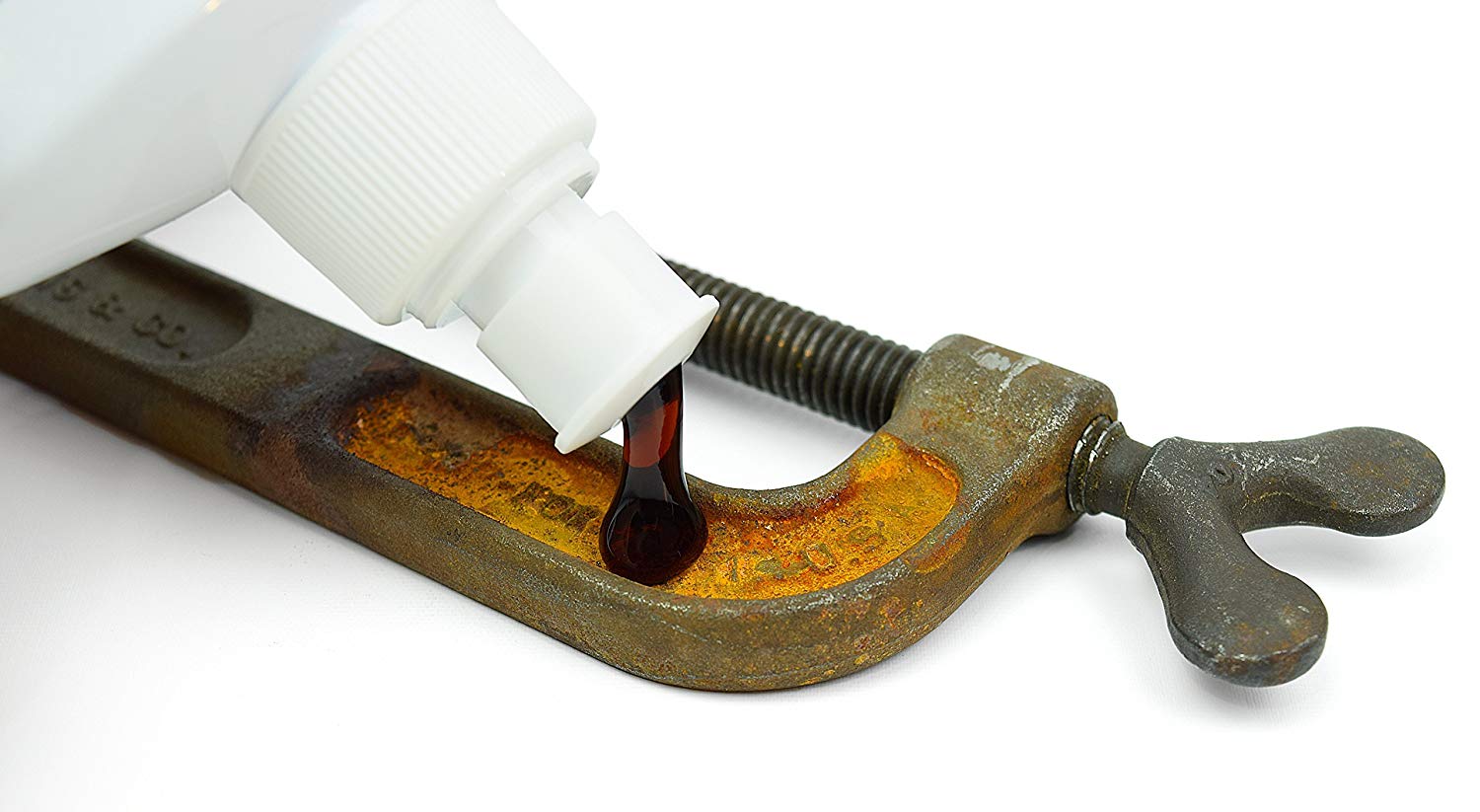- No Obligations
- Stop Paying Too Much For Your Contractor
- No Spam Calling
- Screened & ID Checked Contractors only!
How to Choose the Right Saw for the Job: We Break it Down for You
0
 How to Choose the Right Saw for the Job: We Break it Down for You
earlyexperts.net
How to Choose the Right Saw for the Job: We Break it Down for You
earlyexperts.net
Everyone has a fairly acute working knowledge a few iconic saws and their uses. Images of lumberjacks wielding chainsaws and old timey carpenters pushing and pulling hand saws against the grain oft come to mind.
But the fact of the matter is there is a saw for seemingly every project and every angle of cut. It is easy for those not touted amongst the ranks of woodworkers to lose sight of what’s what and when to use it.
From power jig to classic bow, here is our comprehensive saw guide! Below, we outline intended uses for the most common saw types you may encounter as a budding handyman.
Traditional Handsaw
No wood shop is complete without a long, sturdy handsaw. Despite the fact the handsaw runs on elbow grease, in the age of power tools it is still an extremely valuable when it is used to supplement your electric and cordless alternatives.
For example, say you are cutting through a large post- something like a 6×6 support. You may not have enough circular saw to get through the whole thing in one shot. So, you unsheath your handsaw to take you through the last bit.

When choosing a handsaw, consider the type of cuts you most intent to make. For instance, if you intend to rip wood (cut wood lengthwise), there are hand saws manufactured with large, angled teeth- around five per inch- specifically for this purpose.
Cutting across the width of a plank or board, you may want to employ a crosscut handsaw, but you can get the best of both worlds out of a hybrid saw. This is a dual purpose saw meets the rip and crosscut saws halfway with around 6-8 mid-sized teeth per inch.
Hacksaw
The hacksaw is a modern, industrial spin on the handsaw. It is typically smaller, and its blades are interchangeable. The blades themselves are outfitted with many fine teeth, sometimes as many as 32 per inch. These blades are easily changeable, however, giving you the option to fit your saw for pipe, sheet metal, PVC, and conduit.
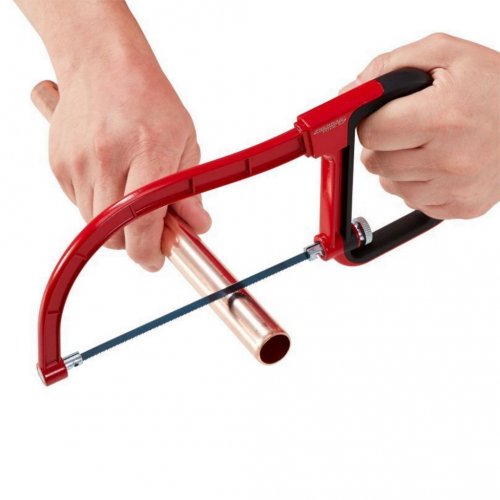
You change the blades via the screw nuts on each end of the C-shape handle. There is also a tension that allows the user to stretch the blade taut.
Jigsaw
The jigsaw is super versatile and a great asset for DIYers. It can cut straight lines if need be, but the real reason to purchase a jigsaw is for the ability to seamlessly cut curves.
A saw’s base, called a shoe, sits flat on the surface you are cutting. The blade, which is faced away from the user, moves up and down through a space in the shoe. This allows for a level of natural protection in the saw’s design that is otherwise unmatched in other electric and power saws. Most jigsaws also allow you to tilt the shoe so that you can cut at an angle.

The blades on a jigsaw cut upward, but can be switched out for blades with downward pointing teeth to be used for cutting finished products. To master especially tight curves with your jigsaw, you can adjust the width of the blades your are using. The tighter the curve, the thinner the blade should be used.
Circular Saw
A circular saw is best use to cut straight lines in lumber, plywood, and other composite board products. You can even use a special blade on your circular saw to cut through concrete.
The circular saw’s blade is encased in a protective guard. Its base sits flat against the wood and allows for the user to expose adjustable portions of the saw so that various depths can be achieved.
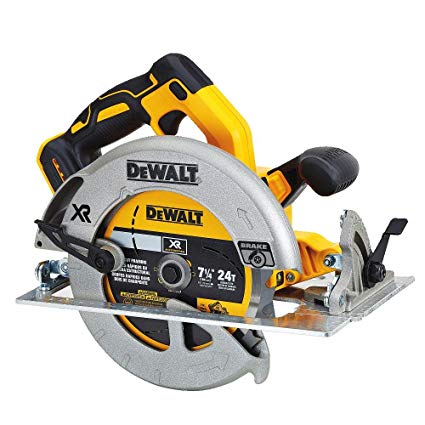
Circular saws come in all shapes and sizes, and the blades are labeled for the type of material they are poised to cut. Your common circular saw is 7 ¼ inches, perfect for most household construction, but you can find them much smaller if needed.
Miter Saw
The miter saw is a lot like the circular saw with some small differences. It allows for precision cuts at incremental angles across the grain of the wood.
The miter saw’s heavy base allows it to be mounted to a work table, but today’s models are relatively lightweight, making them somewhat portable. The saw blade itself is housed in a protective disc. It rides along an adjustable arm that rises, lowers, and pivots to achieve any cut type or angle.
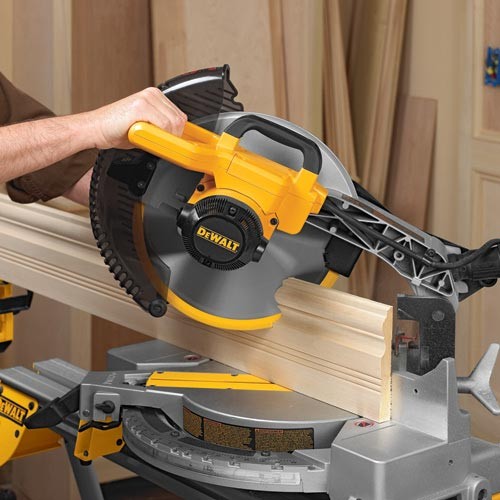
Many newer saws ride along an arm that extends and retracts. This allows you to pull the blade towards you and push it back across the wood grain so that wider pieces of wood can be cut. There are also laser features built into most of the modern miter saws so that you do not have to rely on precision pencil lines marking your cuts.
Miter saw blades come in many sizes 10 inches and greater and can be purchased starting at around $300, and topping out just shy of $1000 dollar for the highest end models.
Conclusion
For the average do-it-yourselfer, tool kit that includes a handsaw, a jigsaw, and a circular saw are enough to take on any job. For a substantial upgrade, add a moderately priced miter saw and you’ll be making professional grade cuts for perfectly finished projects in your own home.





